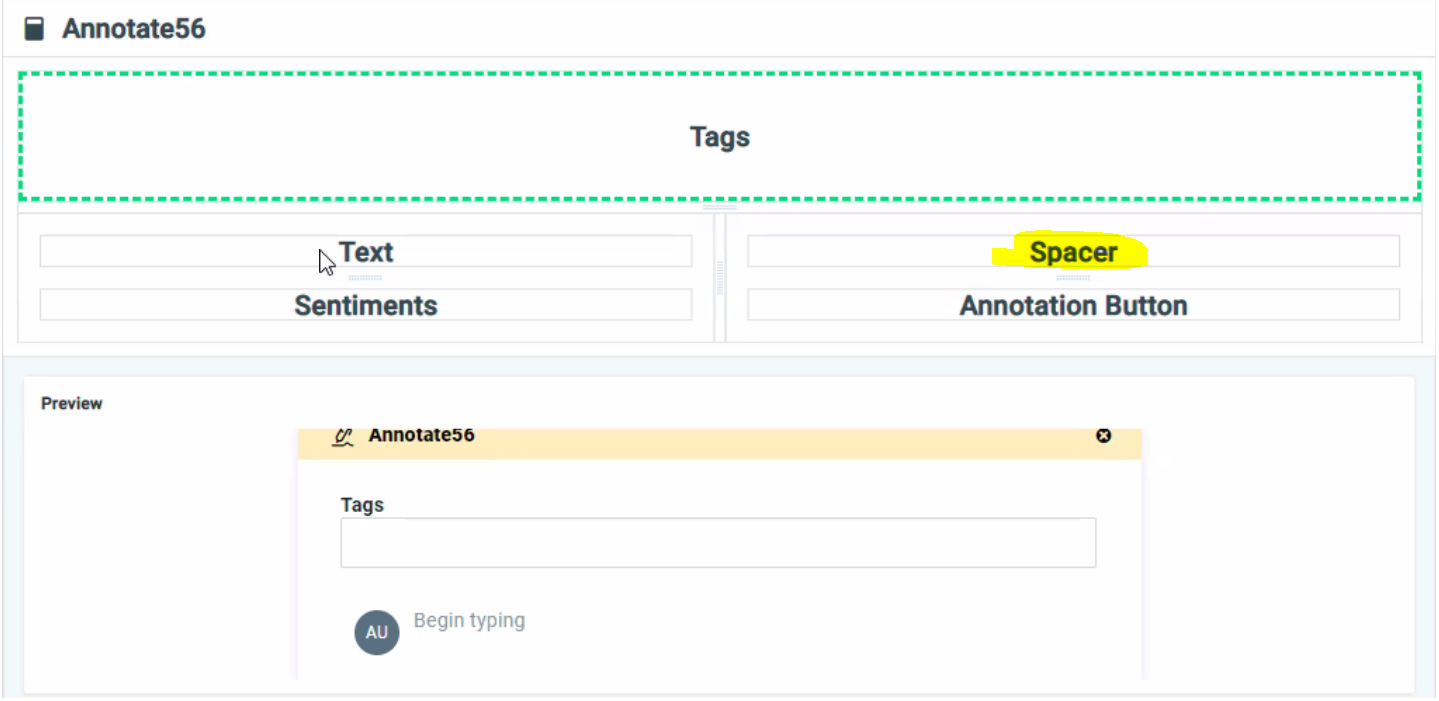Release Notes - 3.2
Intended audience: ALL USERS
AO Platform: 3.2
Release Date
25 July 2022
Overview
Release 3.2 builds on the 3.0 and 3.1 releases of the AO Platform. The underlying infrastructure of 3.x is very similar to 2.3.2. Most apps developed in 2.3.x work in 3.x with very few modifications. We continue to introduce many new features that will make the development and management of solutions much more effortless and be done mainly from the browser as a low-code environment.
This topic includes a highlevel introduction to the new release features, major issues fixed, known issues list, deprecations, updated system requirements/dependencies/pre-requisites, and update/upgrade requirements.
New in release
Model Composer
Preview: New Model Composer has been introduced allowing users to create, train, compare, deploy and test machine learning (ML) models. Please see Known Issues for a few capabilities that’ll be added in an upcoming release.
Pipeline Composer
Added support for nested Pipelines dependencies when adding Pipeline to Transport.
Handling of draft nested Pipelines during publishing of a Pipeline.
New SOAP and Raw SOAP data sources - can be used to support SAP Ariba SOAP API intregration.
Added SAP HANA driver and validated SQL syntax and handling of native types.
Validated SQL Server specific syntax and handling of native types.
Ontology Composer
New Traits for Multi Groupable.
Updated icons for consistency.
Enhanced MSO filtering based on enrichments added.
Added support for MSOs with relationship to other MSOs and Pipelines (dependencies) when adding to Transport.
New File Manager for Icon upload.
New editing MSO properties in Form - implemented in support of AO Vision.
Added support for additional use cases for Google BigQuery, including creating an MSO from BigQuery Data Source.
Added support for SAP HANA, including creating an MSO from SAP HANA Data Source.
UI Composers > Application Composer
Updated Advanced Map MicroApp with:
Provision to select between OpenLayers or Google Maps API. Some limitations when using Google Maps API in initial release - see Known Issues section below.
New Annotation Support, working with both Map Layers and Map Features - to capture user knowledge about individual or full layer features.
New Legend Support - Legend entries can now be created for all Layer types.
New Add Feature option - new Map Features can be added for database data source based layers.
New Settings dialog in Tools menu - Settings dialog allows changing of Measurement units, Coordinate formats and Color options for drawing tools and selected features.
Updated layer organization for Image layers.
Show Feature Info in left-side panel - the Map Features dialog has been replaced by a tab in the left-side panel.
New adjust width of left-side panel - to fully view long Layer Names.
New Checkbox MicroApp UI Control.
New Search Results Containers, including Filter.
Transport Tool
New Transport file validation using checksum.
Added support for Transport packages containing complex hierarchies of dependent objects, such as…
MSOs with relationships to other MSOs and Parent MSOs.
Pipelines with nested Pipelines.
Pages with Applications and MicroApps.
Samples
New/updated MicroApps for Advanced Map, including using Google Maps API. All new and updated features are available.
New Menu MicroApp UI Control.
Admin Solution
Updated organization of Map related configurations - see UI > Maps.
New AI Configuration page supporting new Model Composer Transformation configurations.
Other Platform Features and Issue Fixes
Authentication - New REST API for searching users from OpenID and LDAP in SSO configuration.
Performance - Server startup time has been improved when initially loading large quantities of MSO configurations from Excel.
System Dependencies - PostgreSQL configuration database has been updated to v11.
Compliance - New Browser compliance check when AO Platform URL or Solution URL is accessed.
Refactoring - Schema-on-Read to benefit EasyAnswers.
Documentation
New How to - Video Library and video snippets embedded in various topics, showcasing workflows.
New Model Composer documentation.
Improved workflow, concept details and property descriptions for key Solutions.
New End-of-Life/End-of-Service-Life Policies topic.
Topic pages has increased from 50 (in 3.1 release) to 120 (in 3.2 release).
The AO Platform documentation can be accessed from https://docs.apporchid.com - or from a link in the User menu in the AO Platform UI. This documentation is not publicly available, a token is required to access, unless accessed from within the AO Platform UI.
Known issues
Model Composer: After deployment of a model, the Service for the deployed model is not auto-started. This is currently a manual task. The Version History page is currently not implemented. A number of UI refinement can be expected in the next release.
Advanced Map using Google Map API does not currently support the following tools/features relying on Lasso support (Annotations, Measurements, Selections). If these tools are required, use the Advanced Map using the OpenLayers API instead.
It’s currently not possible to create the assembly of a final Solution directly from the existing Composers. A new Solution Composer will be introduced in a future release.
When creating an Annotation in Annotation Composer, it’s possible to divide a Layout cell into multiple rows. However, if such cell in a row has an adjacent cell which isn’t divided, then the multiple rows in the first cell won’t be rendered correctly at runtime. The workaround is to create the same amount of divisions in all cells in the row and for instance use the Spacer control to ensure the Layout renders correctly, eg:

Deprecations/removals
Ontology Composer > Settings.
Removal of Entity Extraction option. Same option available on Entity Extraction page.
Application Composer.
Removal of Flex UI Container – will be added as Flex UI Layout Task in Layout Composer, and a Flex UI Layout in Page Composer in a future release.
Updated System Requirements
For workstation system requirements, see System Requirements.
